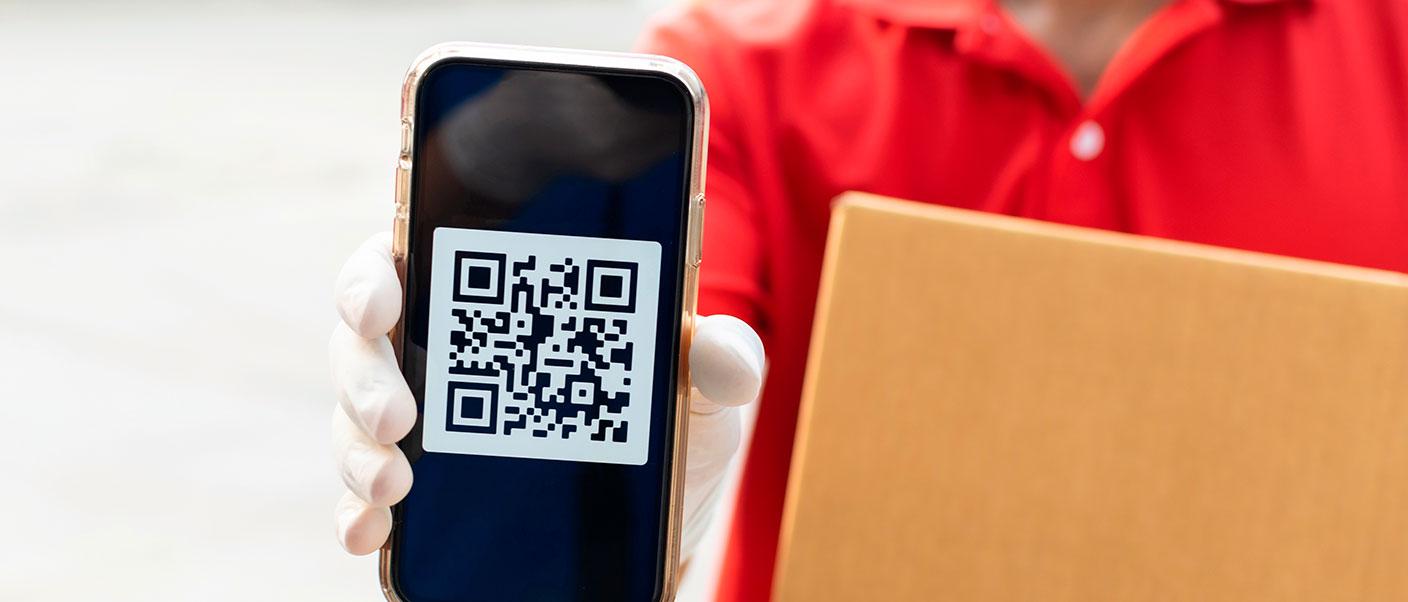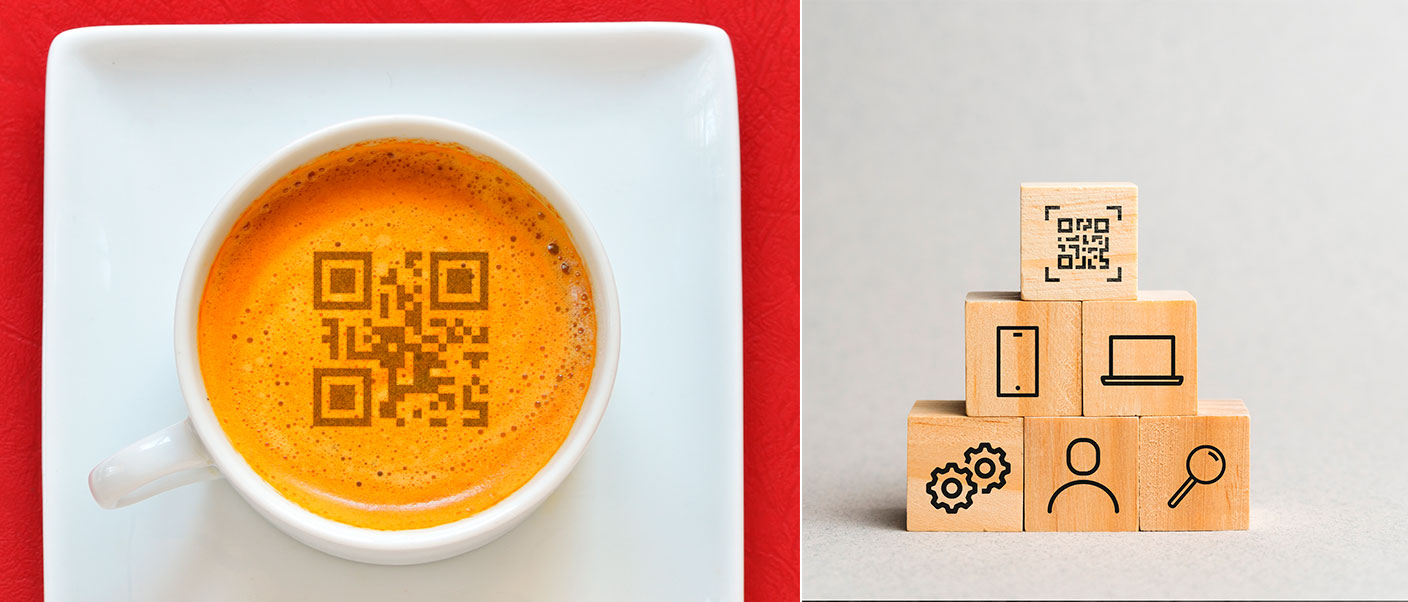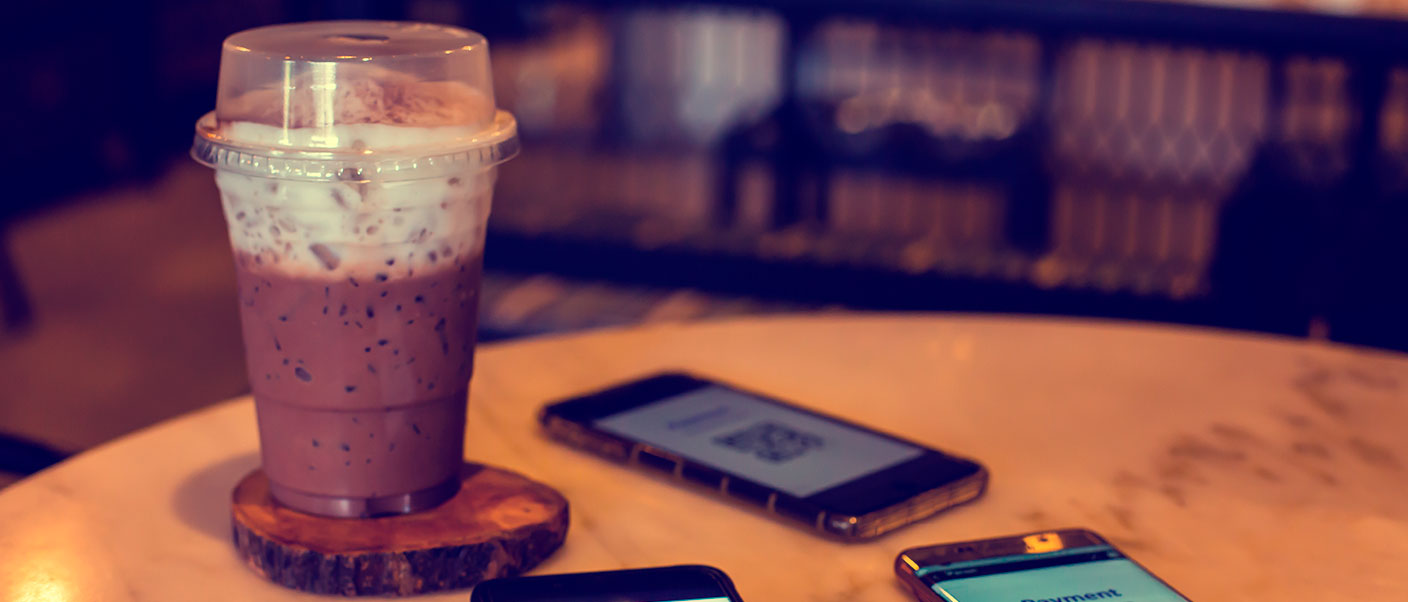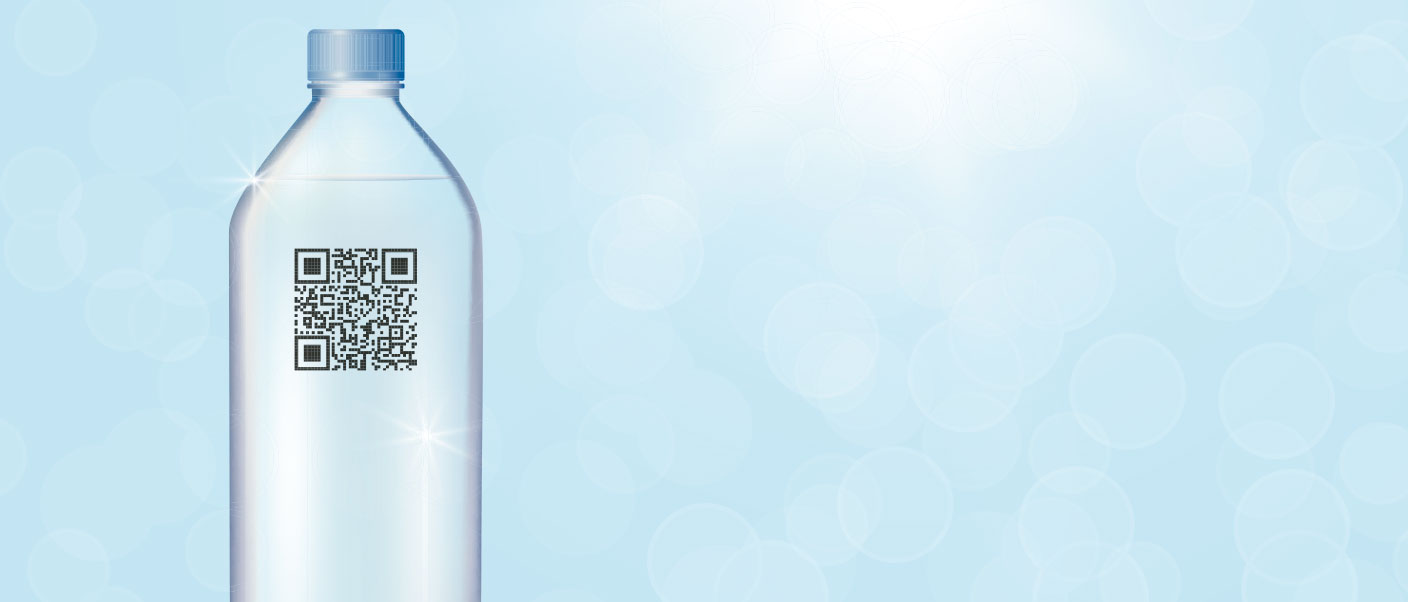The labels on beverage packaging are determining factors and have real importance. Their purpose is to ensure that consumers are knowledgeable about and truly aware of what they are drinking.
In the second part of this big topic, we talk about the transparency revolution and the favourable consequences of these emblems on product labelling, and of the process and requirements for inclusion of the different seals of approval.
And we’re going to classify and talk about some of the most important symbols that appear on beverages labels by theme.
In the first article, we focused on the importance of labels on packaging in terms of the image of any product or brand, attempted to answer certain questions, such as consumers’ ability to understand the information provided, and we broke down the content that regulations require on the label.
But… do consumers really read in detail and, above all, are they prepared to interpret the amount of information and decipher the hieroglyphic emblems and symbols on any beverage today?
At Brew&Hub, we try to explain their origin, the reason behind these icons, their requirements and, above all, we discuss some of the most important ones at the moment. In this case, we focus on digital emblems. Continue reading…
The transparency revolution in packaging labels
For approximately two decades, the environmental movement surrounding climate change has been growing exponentially, and this has, logically, made products identified as environmentally responsible in any of their formats or packages more credible and sought after in today’s market.

The change is directly related to a commitment to being sustainable and healthy, trends that result in consumers increasingly demanding products with this emblem, because it makes them better informed.
There are now even apps and tools that can help them in large retail stores and supermarkets. Among others, El CoCo, Yuka and MyRealFood.
How should these emblems be included?
These emblems on packaging labels should be included under the following requirements:
- In the first place, they must follow the standards and procedures established by the private entity or applicable regulations, depending on whether the seal of approval is public or “official” (products that comply with official regulations, normally European laws) or private (governed by the conditions of companies or private entities).
- The emblems must pass an audit by an accredited firm that has the authority to confirm that they are in compliance and following the accreditation procedure correctly. This process has an inherent cost.
- Next, a fee must be paid in order to include the entity’s seal of approval. To continue using it, it must be renewed annually.
Most important symbols on beverage labels
Nowadays, and under certain basic principles such as transparency and sustainability, beverage container and bottle labels feature a multitude of icons, about which consumers need to have at least some knowledge.
The most important of these are worth discussing:
1. Digital emblems and icons
Beverages have kept up with other food products. Digital emblems, besides making life easier for most mortals, can enhance any brand’s reputation. Nowadays, everyone carries a smartphone with a camera and can find out what any product contains in seconds.
They are a solution that increases the connection between the user and the label and also enhances the user’s relationship and loyalty to the beverage in question, as other things can be communicated, such as messages of authenticity, transparency, etc.
Among the best-known are the QR and Data Matrix codes. Both are labels with 2D codes that provide this type of information, and they are free of usage rights, meaning that it is not necessary to purchase any type of license to use them. Their specifications are defined in the ISO (International Standards Organization) standard.
The Data Matrix is a 2D barcode that encodes data in cells, generally in black and white, arranged in a grid. It was invented in 1994 by International Data Matrix, Inc. in the United States.
Their size varies according to the amount of information they provide. They have a limit of 2335 alphanumeric characters.

QR or “Quick Response” codes are also 2D barcodes, normally black and white, and they are omnidirectional, meaning they can be read from any angle.
They were invented by a Japanese company, Denso Corporation, in 1994. The character limit is nearly twice that of the DM code, 4,296 alphanumeric characters.

The main different between the two is that the DM code makes it possible to mark smaller units, so they can be used in industrial processes as a means of authenticating veracity and, in some cases, fighting falsification in certain products. However, for the end consumer, the QR is king. In addition to being able to include Kanji characters, something that DM codes cannot, they have certain other advantages, such as:
- They can store more information in a smaller space.
- Although manufacturers who do not use them today are rare, they provide a brand image.
- They make it possible to offer more information beyond simply the beverage’s ingredients.
Specifically, in the beer and other craft beverage industry, more and more customers are demanding that QR codes be included on their products for the purpose of completing the product information in terms of precise data on materials used in the packaging, how to separate them for recycling, and even storytelling information about the origin and reason for a determined product.
If you need more information about the type of technology or specifications that can be included on labels, don’t hesitate to consult our design department, which will help you find everything you need for your product’s label.
And, if you become a Pro User, in your private area you’ll be able to access our packaging components validation tool, with numerous features that will enable you to check, among other things, the status of final art for the packaging components.










Comments